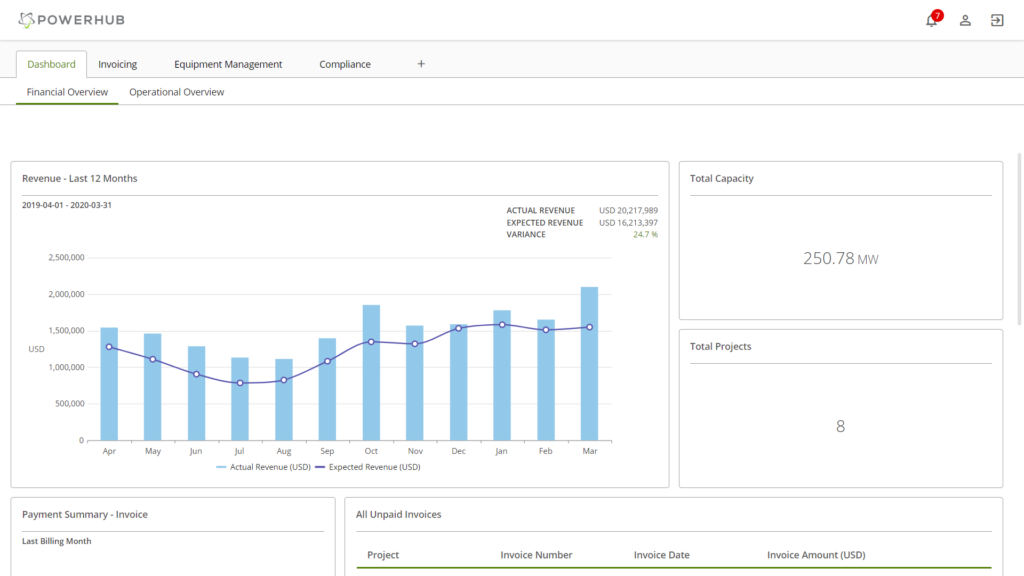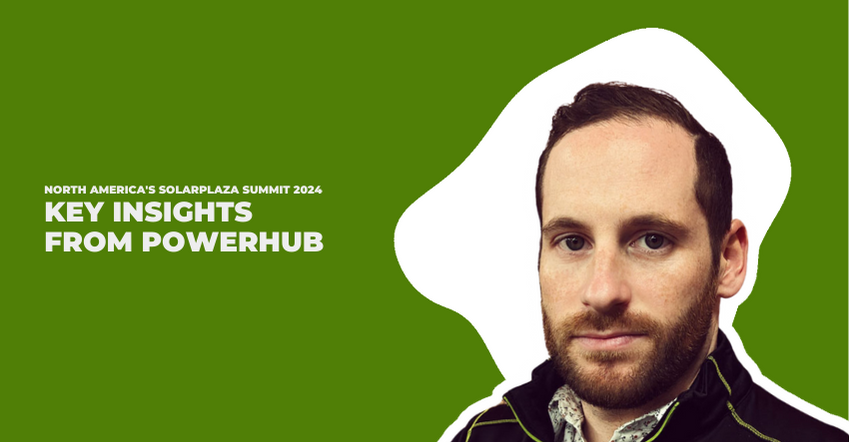If you follow PowerHub’s blog, you would know how we feel about asset management on excel sheets.
Painful & Unnecessary.
I won’t deny it, it’s doable. Heck, sophisticated asset management companies are doing it as we speak. But really, why must we treat millions of dollars’ worth of valuable assets the same way we manage a sales team’s Christmas chocolate budget?
Managing renewable energy assets requires a dedicated platform – one that integrates well with monitoring systems. It’s not complicated. It’s not an added responsibility. In fact, it should be designed to ease the high-powered job of an asset manager.
Just take a look around. We’re in the 21st century – an era when clean power has proven itself to be the fuel of the future. Countries like Denmark are now producing 50% of their power from wind energy, and Europe may harness enough solar power to run entirely on renewable energy by 2050. Moreover, according to the International Energy agency, renewables have a strong chance of becoming the primary source of global power by 2050.
All this progress, all these accomplishments– they necessitate the use of efficient and robust renewable asset management software. Platforms that not only manage data and output, they provide end-to-end support for a solar PV plant or wind farm.
At PowerHub, we’re determined to make the digitalization trend a norm. To do that, if I must become a myth buster, so be it. That’s what I am today.
Let’s start.
Myth #1: It’s an unnecessary cost when I can manage my portfolio just fine with excel.
When you’re in an industry that is divided over the importance of CAPEX and OPEX, ‘how much cost is too much’ becomes pretty relative. Electricity generation has always been a capital-intensive industry. There’s millions of dollars’ worth of investment in equipment, spare parts, land leases, plant construction and grid connections. You know, I could go on and on just to bust this myth.
A developer spends all this money even before a solar panel even begins the photovoltaic cycle. Thus, applying cost-cutting measures when it’s time to choose an intelligent renewable asset management software is not justified.
Being in this industry for the better part of my life, I have always asserted that the first step to maximize profitability from a solar or wind project is to take a long-term approach.
A much-discussed trend in the past few years in clean energy has been a steady growth in the average size of portfolios. Most wind and solar asset managers are now overseeing at least 1 GW worth of assets.
With such scalability comes complexity in identifying, measuring, and controlling risks. Consequently, there’s much more at stake if limited data is available, and performance trends are unclear. Therefore, scaling projects are the best candidates for renewable asset management software.
Myth #2: It requires too much time – and I don’t have that.
You have big projects. Big data. And even bigger contracts to deal with. We get it – but this is precisely why you need to take out time to onboard an efficient asset management software.
Surprisingly, onboarding a new platform can be quite simple. All you need to do is choose the right one. Having onboarding support, and a customer success team that can help you with queries are signs that the software company is your partner in this digitalization journey.
Again, I urge energy asset management companies to think of this time as an investment. Just like you allocate time looking for the most suitable site to install solar panels; you should spend time understanding the software, and the value it will add to your job.
You know, I often talk about my experience with renewable energy companies. A few of them were spending more than 40+ hours a month generating invoices. It’s one of the biggest inefficiencies I have come across in my career.
Our research at PowerHub, and the feedback received from clients, indicates that invoicing and billing can become 60-85% more efficient. It’s the power of the automation feature of an efficient platform.
Now that’s a lot of time saved – not spent.

Myth #3: Change is hard. My team and I are accustomed to manual managing
Change is hard. Re-forecasting your KPIs, digging up reasons for underperformance, and paying penalties on missed compliance? Even harder. Bottom line, there’s value in transitioning from manuals sheets to automated software platforms.
No industry is more primed for change than the world of renewables. Just take a look at climate irregularities, constant innovation in turbine design, and fluctuating price of commodities like steel.
I wouldn’t be incorrect to say no two days in the world of clean power are the same. As a renewable energy asset management company, you have to stay abreast with these changes to gauge their impact on asset performance.
What better way to do so than migrating to a powerful software? Yes, change takes time, but being agile and flexible is the most sought-after trait in an asset manager today. With the COVID-19 pandemic changing the way we conduct our business, a cloud-based asset management software can make us truly adaptable.
It can help maintain stability in unpredictable circumstances, and open doors to a borderless management style – kinda like becoming crisis-proof!
Myth #4: Managing is managing – doesn’t matter which software I use
I sometimes feel this myth is the crux of the argument. Yes, you will be managing assets one way or the other – I mean that’s what the job entails. However, that’s a stark difference between poor management and one that aids in optimizing plant performance & output.
As a solar or wind asset manager, a huge part of your job is to keep all stakeholders on the same page. Asset owners, O&M teams and landowners – all have their own objectives, and require constant communication. Hence, investing in a smart asset management software can help consolidate all your data in one place.
The PowerHub team calls it a coordinated digital strategy. Sure, your in-house, rudimentary tools are great. They serve a purpose, and help you achieve goals. However, if you want to keep pace with the changes in renewable asset management, you have to start treating it as a formal discipline. Right here, right now.
The result? Invoicing becomes a matter of minutes, managing PPA contracts is just clicks away, and the best part? Those lengthy reports can generate themselves – freeing up 60% of your team’s time.
Now, wouldn’t you rather manage in such an organized fashion?
Myth #5: It doesn’t matter if my team buys in on the software. I know I do
If promoting a robust, digital renewable asset management platform is our mission, ‘people’ is our mantra. There is no success without the buy in from your team. If they aren’t onboard, you may as well bid farewell to a successful migration to an advanced platform.
Therefore, the starting point in your digitalization journey should be your people – it’s crucial to success. Try to understand their needs, the way they are fulfilling asset management duties, and the problems they face every day. Will a software help them? Will it streamline processes by automating repetitive tasks?
As the leader of the pack, it is your responsibility to look after your assets and your people. With a robust platform, you will be empowering your teams to do more value added tasks everyday.
It’s Just the Start of The Journey
Renewable asset management software is undergoing constant modernization. With AI and machine learning in the mix, process automation has taken a whole new meaning.
With that in mind, the first question you have to address is, ‘what is my value add, today and tomorrow?’ And to answer this, you need to take strides away from the manual business model of renewable asset management.
Remember, data extracted from renewable assets is as good as the tools used to analyze it. This is the point where I can hear our CEO say, ‘there’s always enough data, never enough information’. Let’s get that information, shall we?
If you need one last push to help you cross that mental speed bump, here’s my advice: analyze your processes. How long are they taking? Should they be taking that long? If ‘painful’ is the word coming to mind, remember, the word ‘streamlined’ is also just around the corner.




